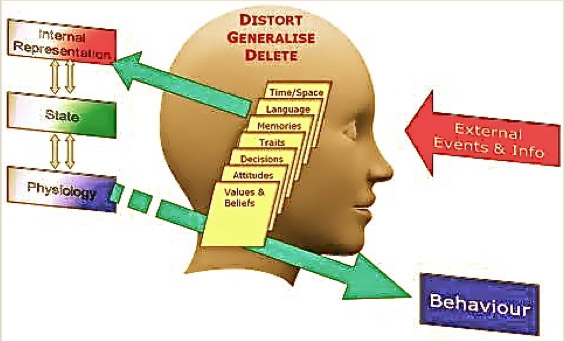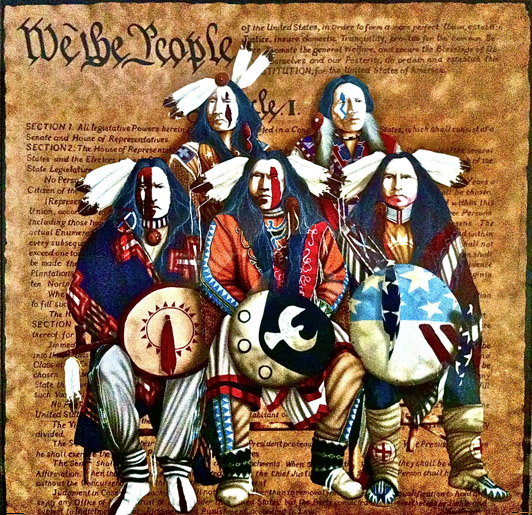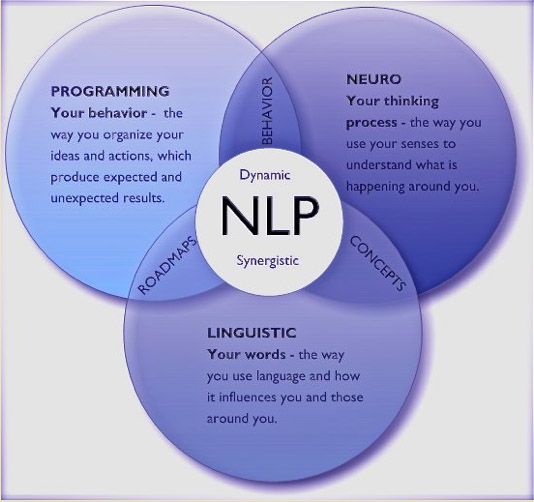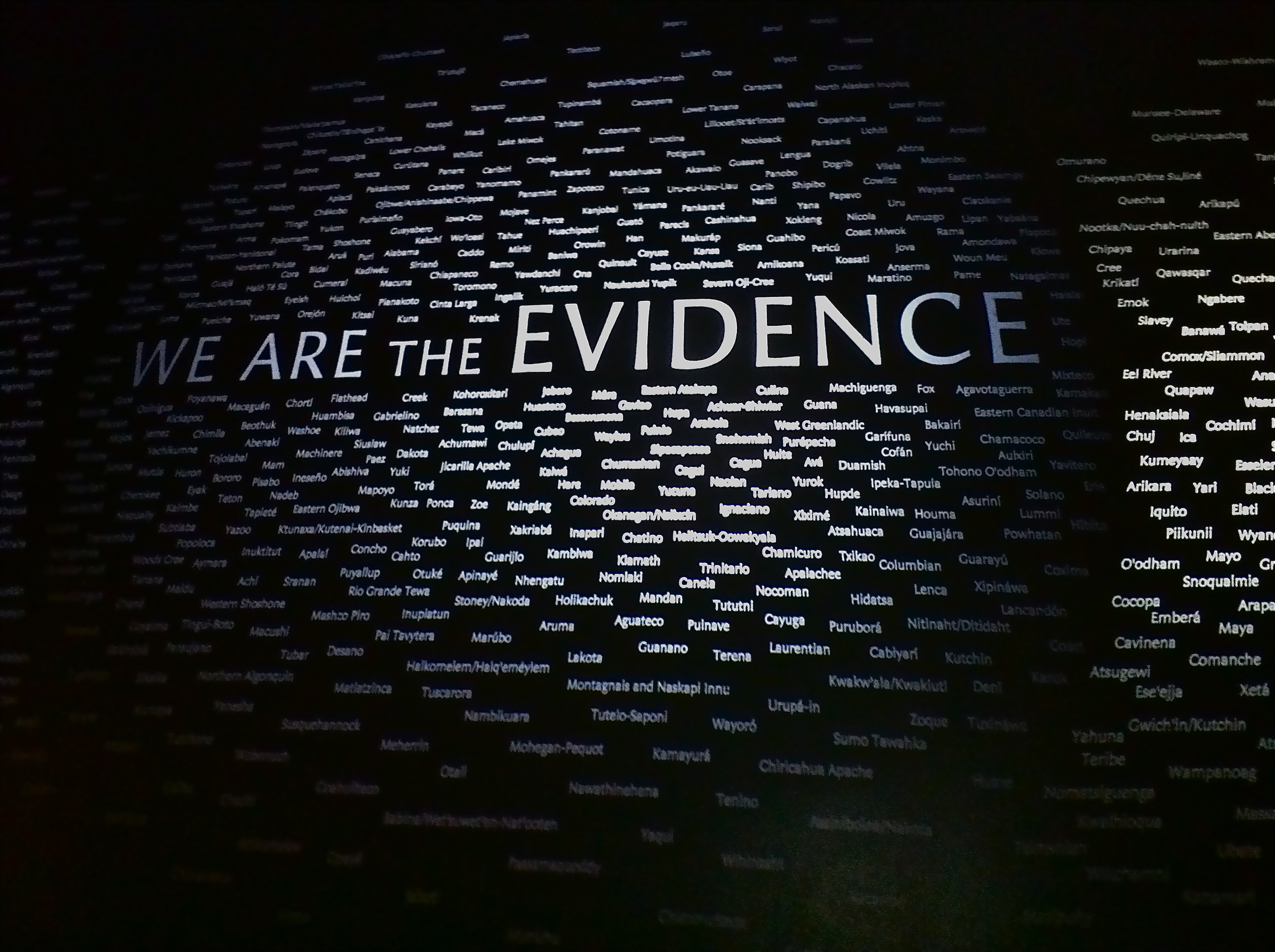THE SCIENCE OF STORY
Why Make It a Story?
“Want to teach them Science, Spirituality, Culture or any Concept? Tell them a Great Story! Fraught with mystery, struggle, inspiration, and sometimes great risk — what better than storytelling can convey these most essential of human enterprises?
The word “story” doesn’t refer to your content, itself. Story is the structure, the framework onto which you hang the content you want to deliver, the way in which you organize, develop, and present that key information.
Our organizational story development process produces carefully crafted and designed stories that merge your messages and information (themes) with effective story structure (the Eight Essential Elements) into a form that produces the effect you seek.
You regularly use stories for both internal and external communication—even if you don’t consciously think that you do. You tell stories about your organization, mission, history, brands, passion, values, appeals, and people.
More importantly, your Target Audiences always hear it as stories. They will make sense out of, understand, and interpret every word you say and every thing you write in story terms. They do that by creating their own mental “story versions” of your material.
Organizations that master this story-science and the architecture of effective stories, vastly increase their communications success.
Storytelling has become the business, science, and brand marketing communications nom du jour. Periodicals from Forbes to Business Week are peppered with recent articles touting the value, power, and effectiveness of storytelling.
According to these popular journals, storytelling changes lives. Storytelling alters beliefs, values, and behaviors. It exerts powerful influence.
Actually, only a tiny fraction of all of the “stories” we hear or read accomplish that Herculean feat. Between 98% and 99% of all of the “stories” you hear/ read have no effect on you. You do not vividly imagine them in your mind. They do not engage you on a deep emotional level. You do not remember them.
Question: why do only those few affect us? Why not the rest? How do stories persuade, teach, inspire, and exert influence? The answer lies at the intersection of the essential elements of effective story structure and the story-based neural wiring of the human brain.
Why make it a story? Because that’s how human brains are wired and programmed to think and to make sense.
The Eight Essential Elements of effective story structure control attention, engagement, and influence. They create context and relevance for your information.
The essential elements of effective story structure are the surest and most accurate highway to the conscious mind and memory of your target audiences.
Our brains are hardwired to think in story terms. Yet few stories take advantage of the specific story structure that meets the informational needs of our brain’s wiring and programming.

Humans are, literally, Homo Narratus (Story Animals).
In briefest summary, the human brain has been evolutionarily hardwired to think in very specific story terms.
Our minds are preprogrammed from before birth to make sense of incoming narrative information through story architecture.
This neuro- and cognitive-science research has established the existence of, and has confirmed the functioning of, the Human Neural Story Net (a major connected network of sub-regions) hardwired from before birth to fire as a single processor and to make sense of incoming information using specific story informational elements.
My experience has been that the specific story elements that control story power and influence stem from understanding the framework of the story being told and the Target audience that is hearing the story.
I share this and the following information in an effort to explain my story and what i have to share through story.
To understand the role of story in the sharing of concepts that give Context & Relevance and their relationship to memory and recall,
The Eight Essential Elements that define effective narrative organization.
The Eight Essential Elements of story best ensure that their version accurately matches the story images and messages you want to plant in their mind and memory.
The eight elements of a short story are:
Theme (the main idea or message of the story)
Plot (the sequence of events)
Setting (the time and place where the story occurs)
Character (the people in the story)
Conflict (the opposing forces between protagonist and
antagonist, arguments)
Climax (the high point of the story)
Falling Action (the set of actions bringing the story to its end)
Resolution (wrap-up of the story)
Effective stories don’t start with information or an event. They begin with the core message and linked mental images that the story is to communicate.
That’s what story understanding can do for you!



